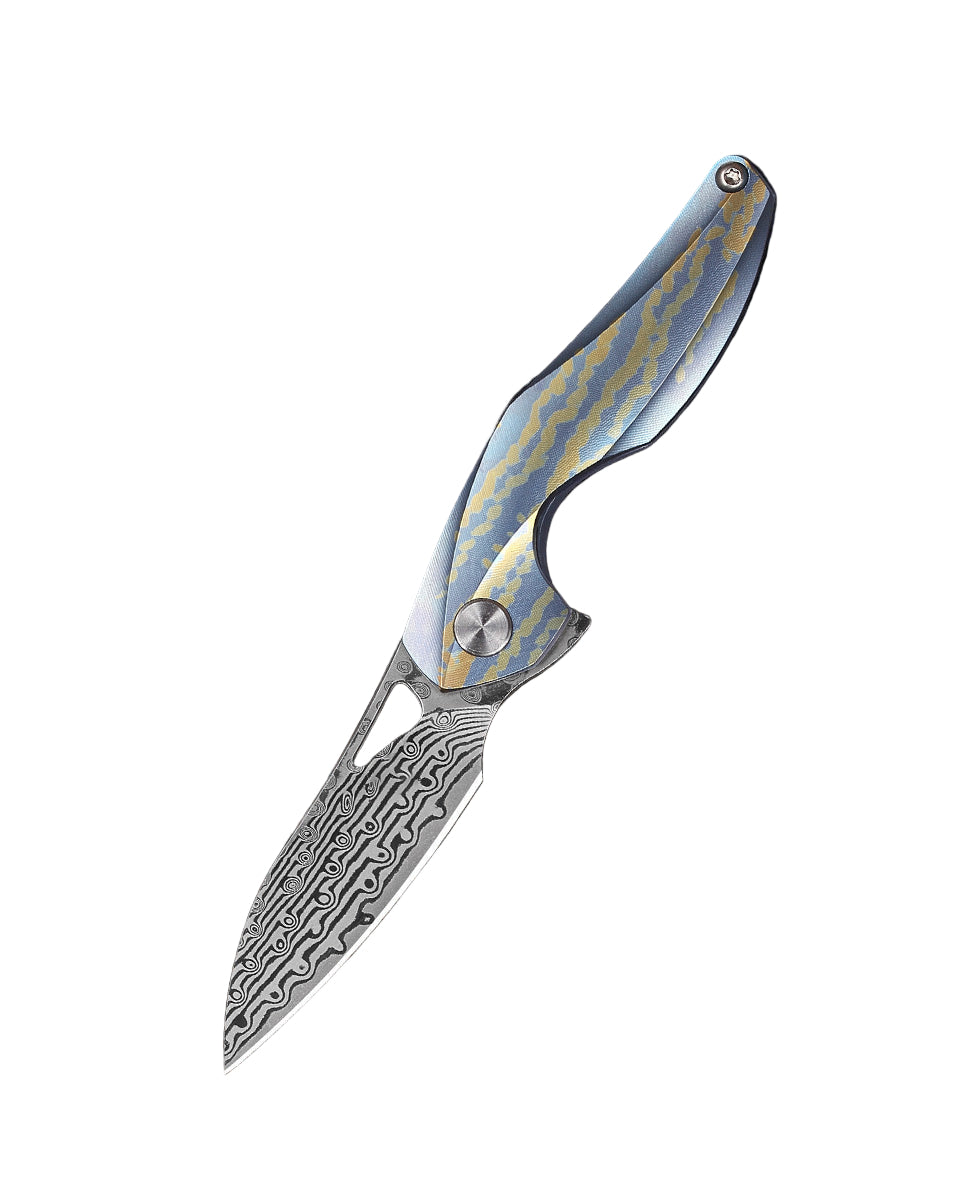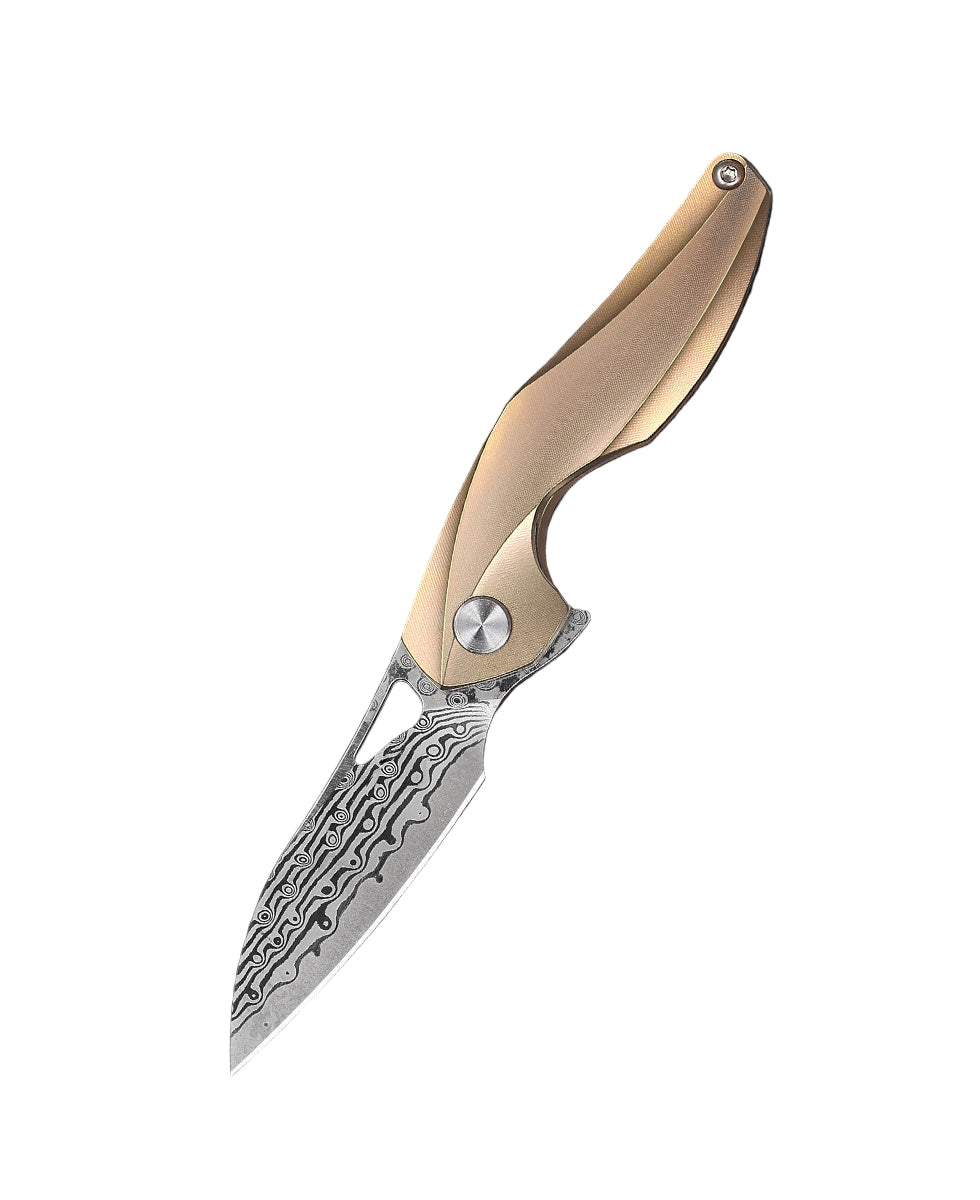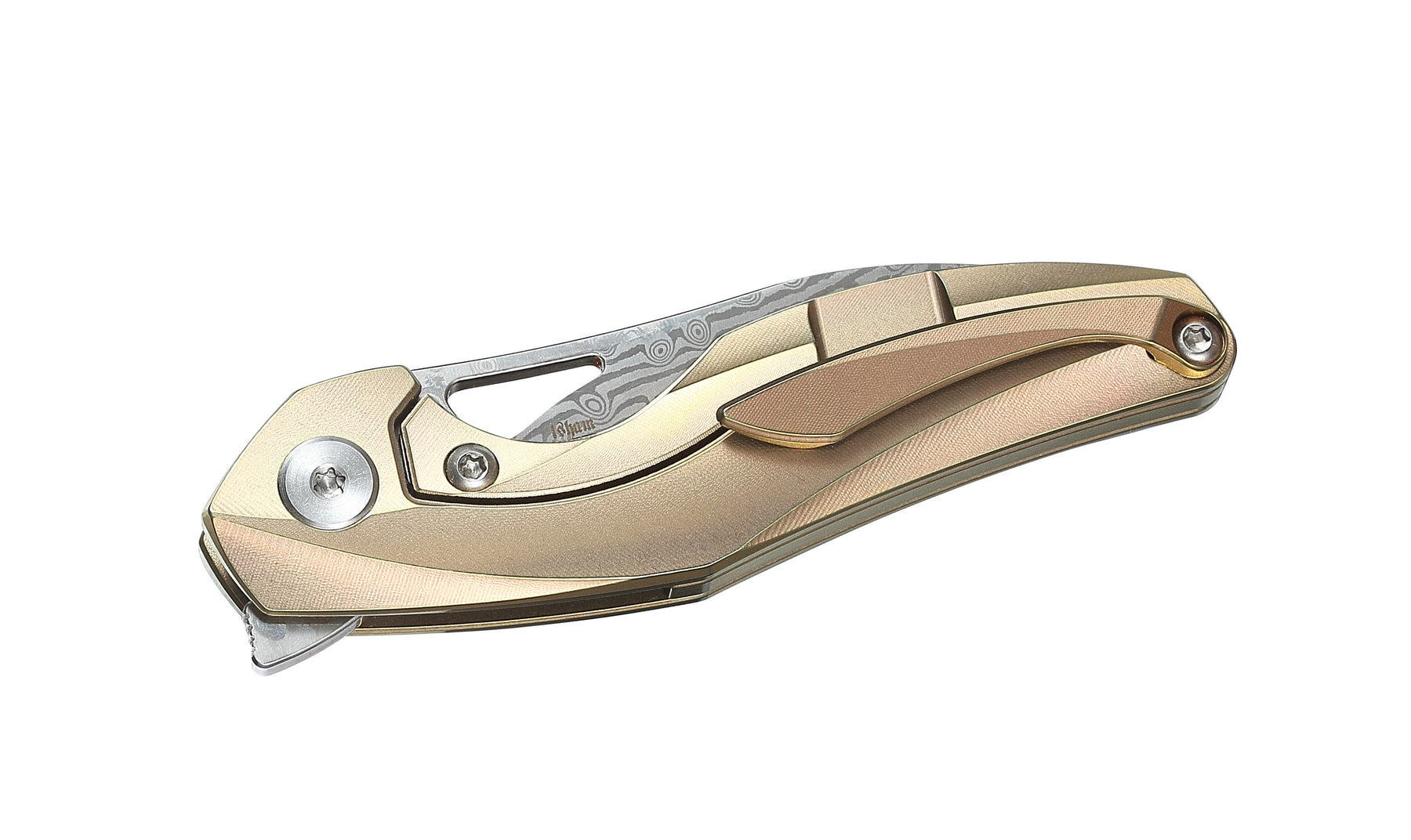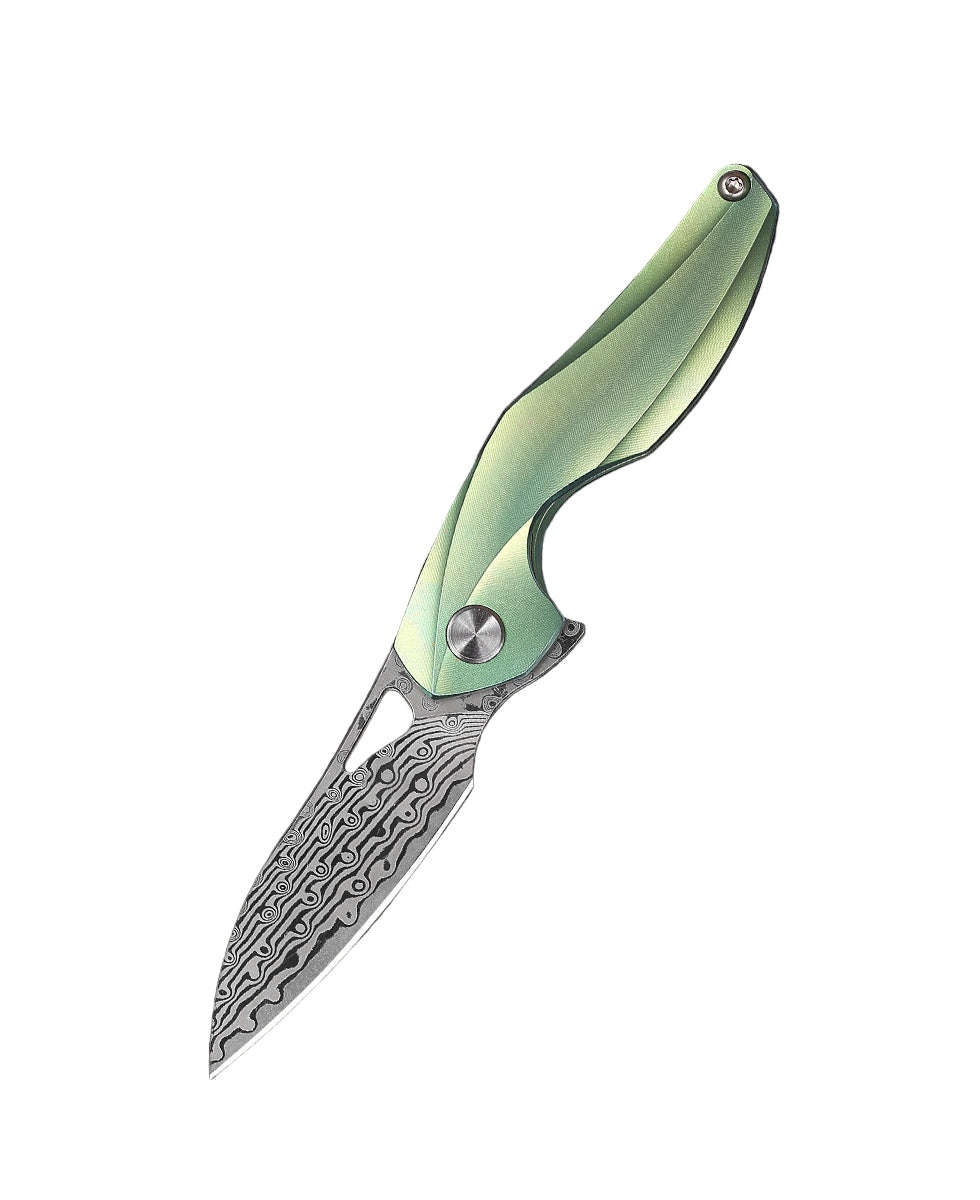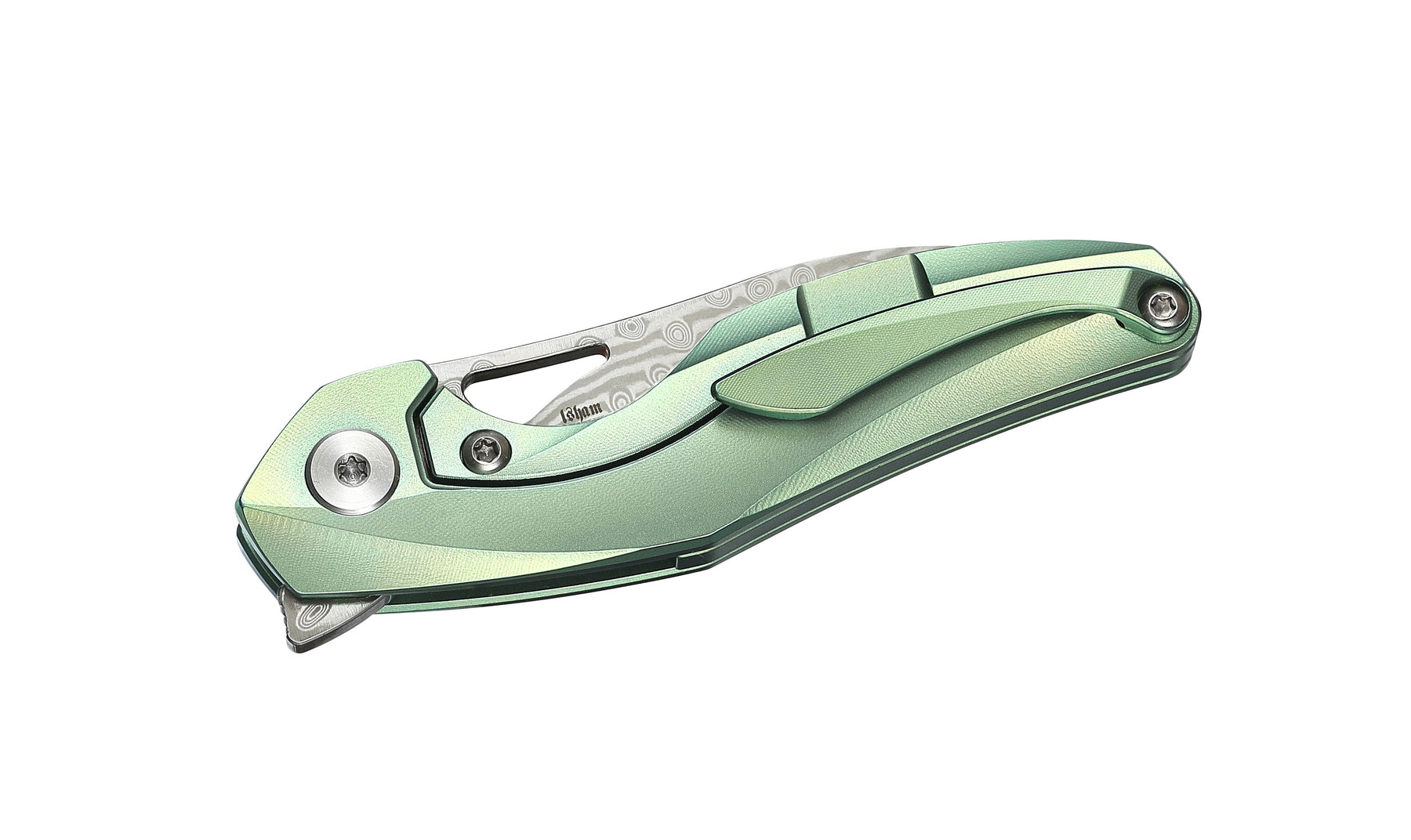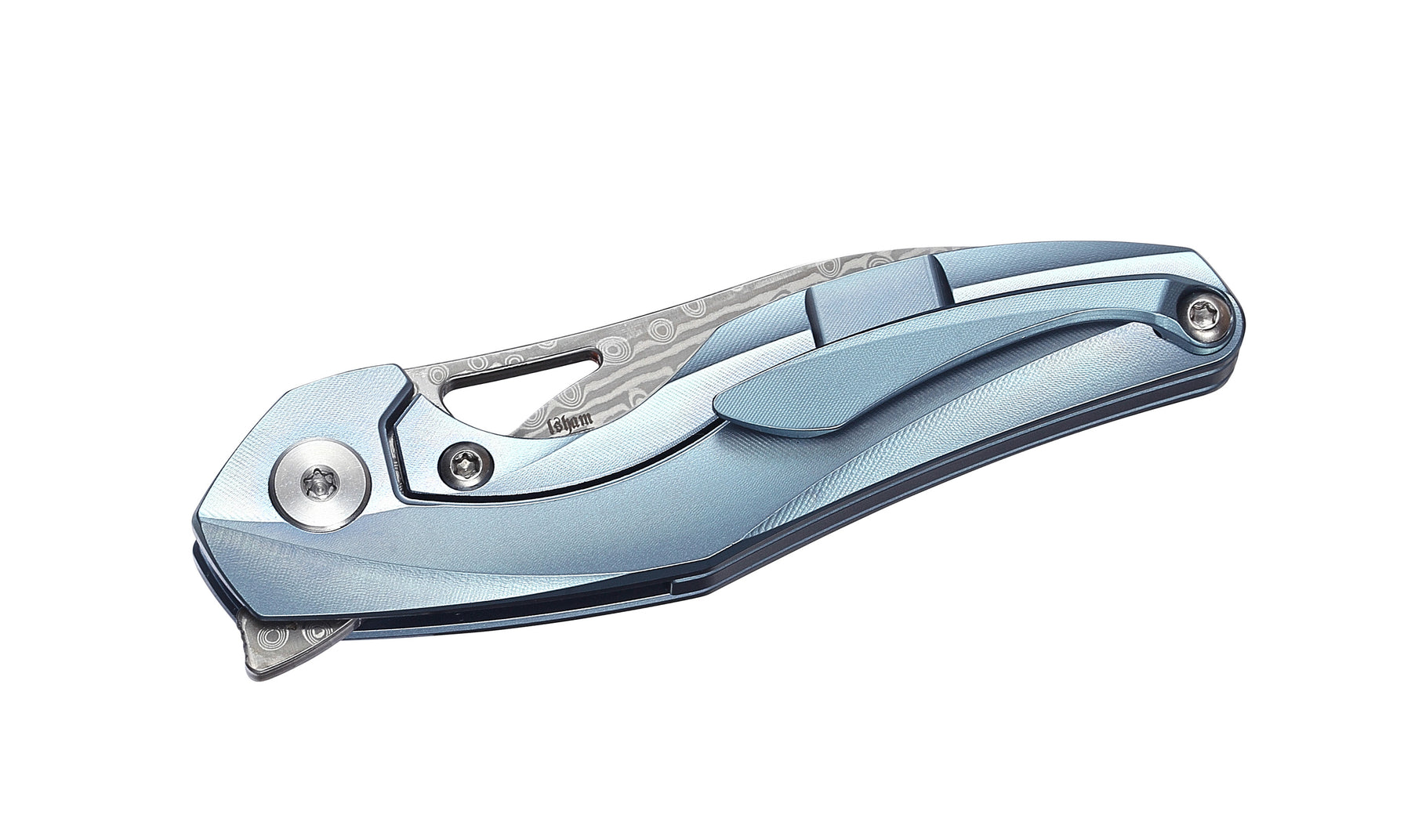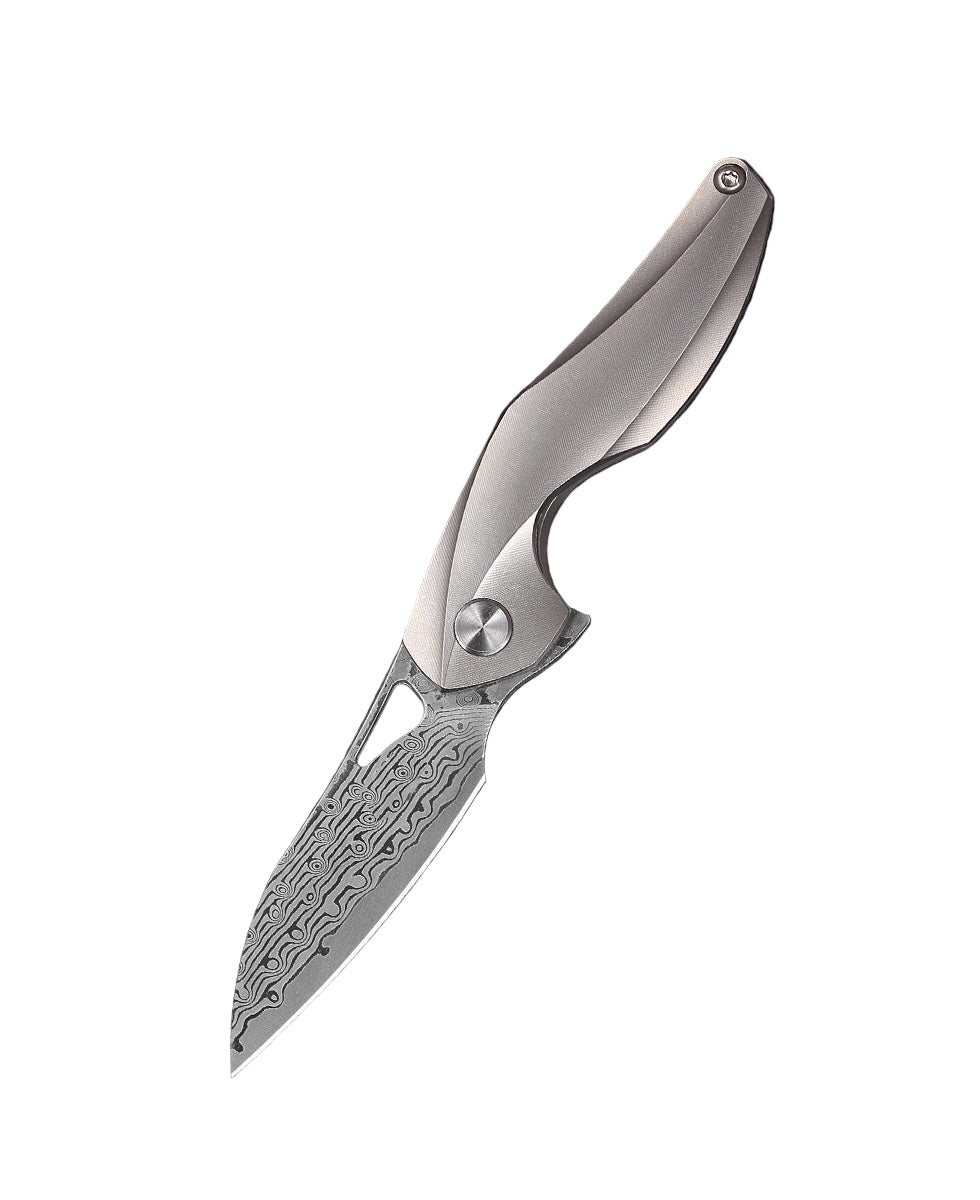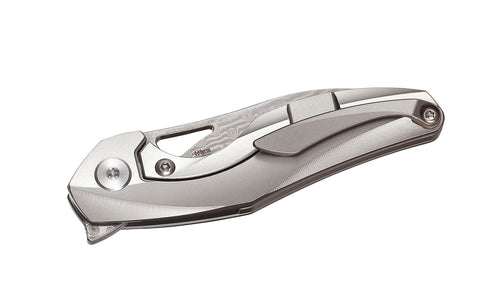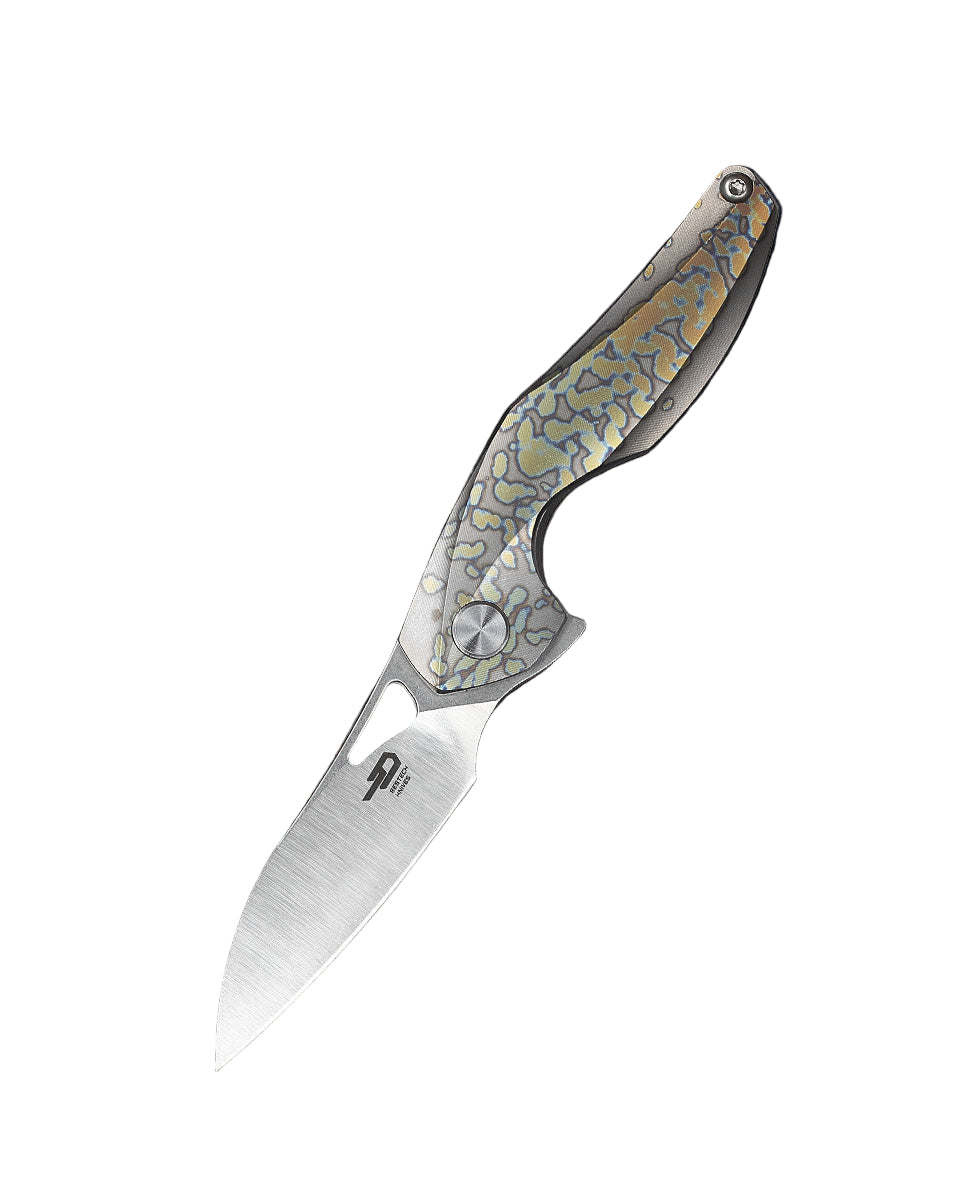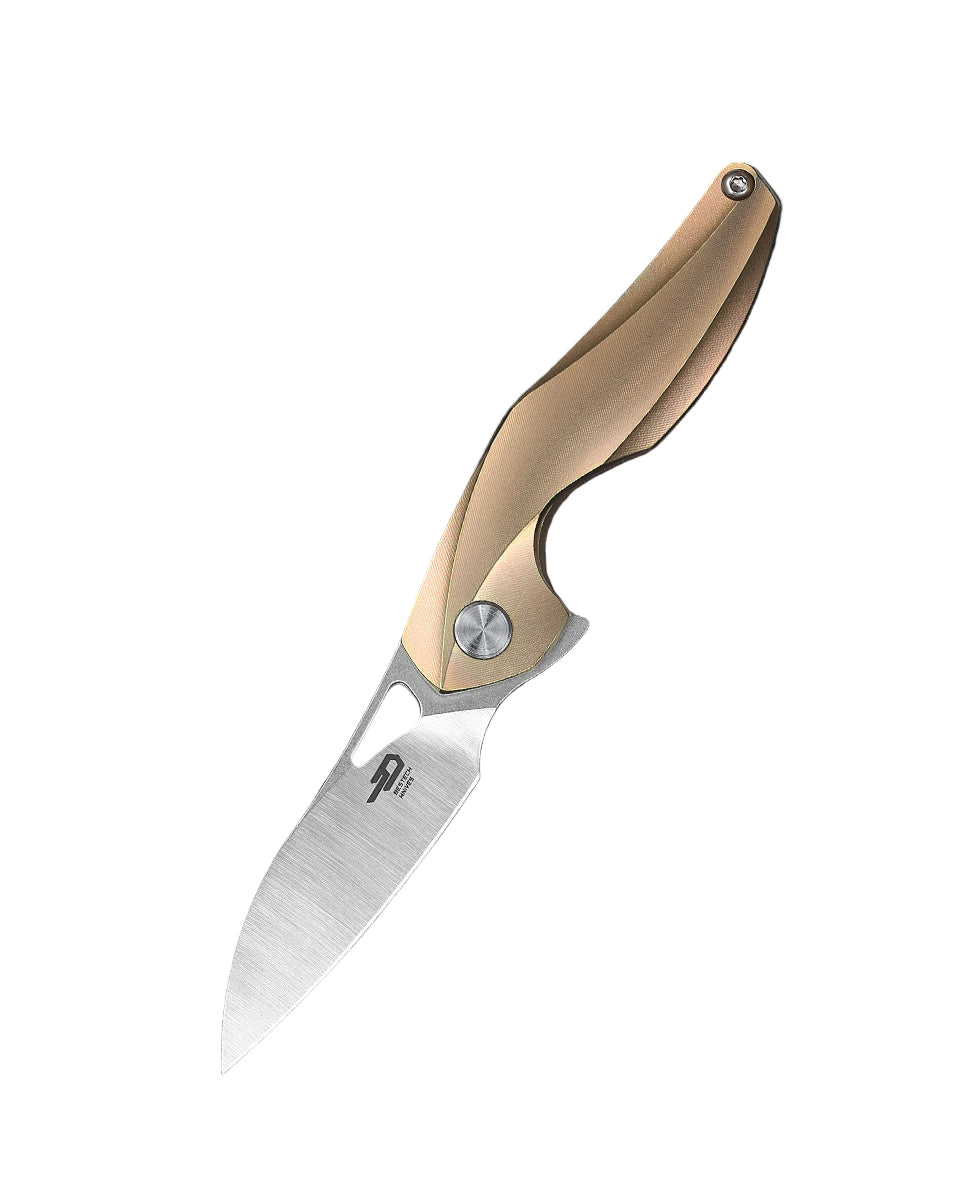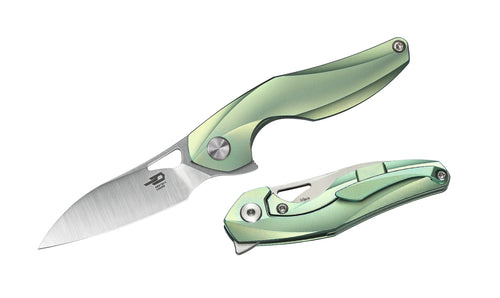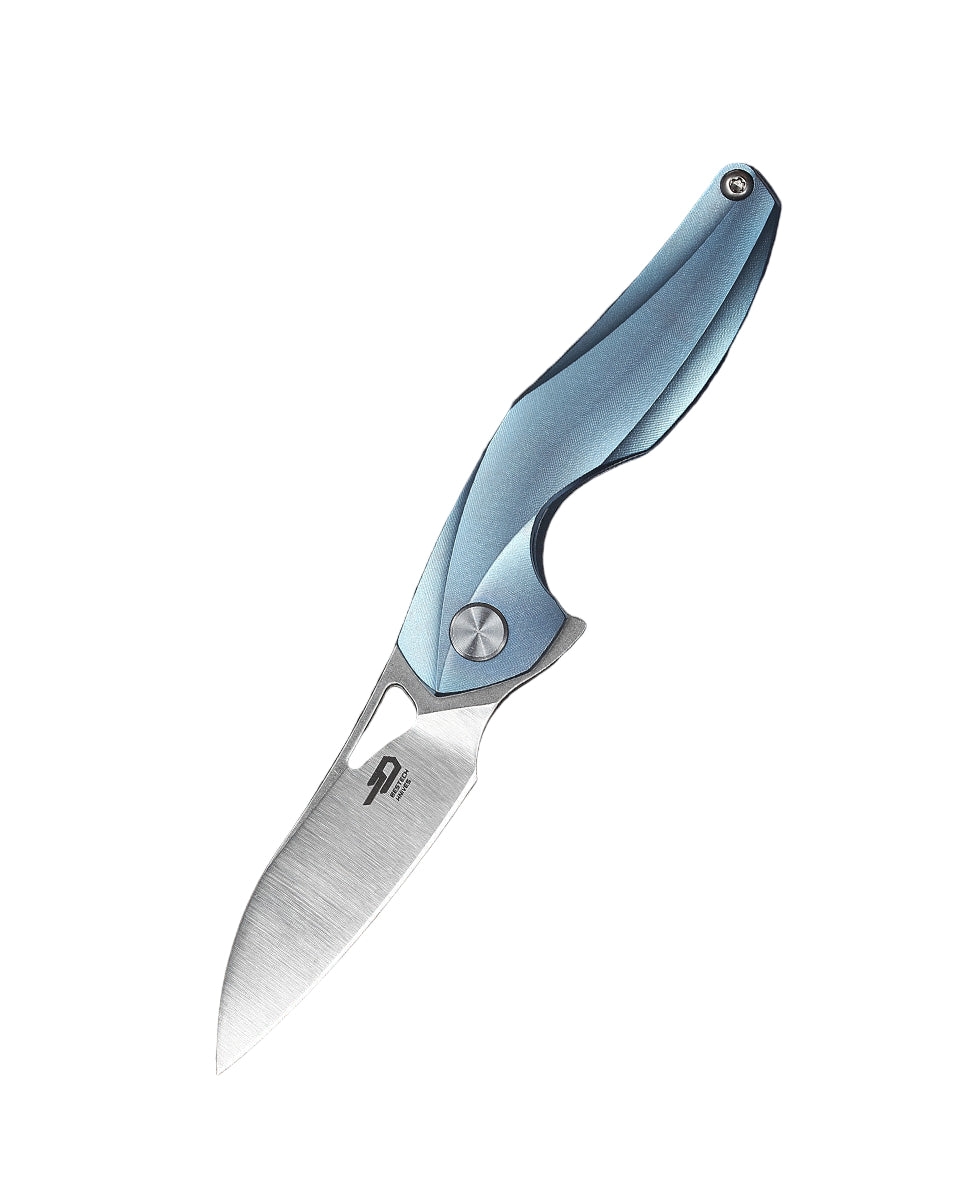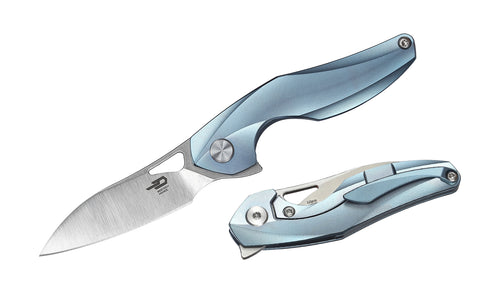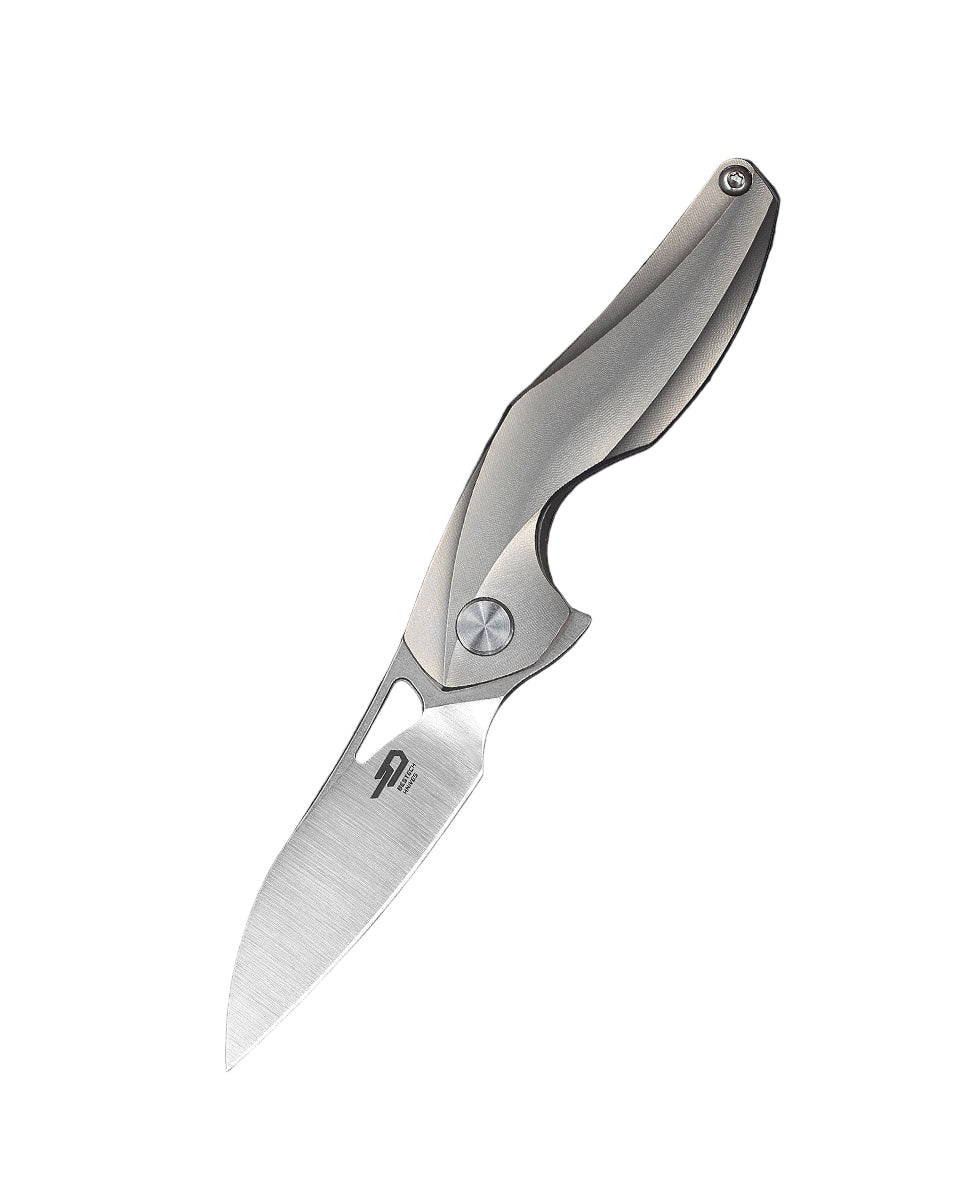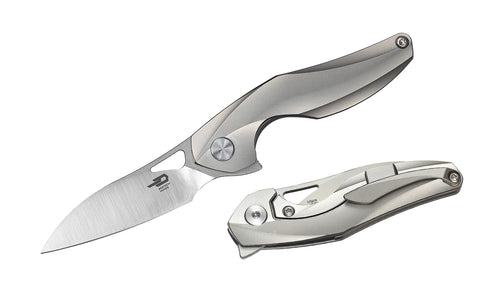When it comes to choosing the right steel for a specific application, the decision can be crucial. Two popular choices in the steel industry are 52100 and H1. But which one is better? Let's dive into the details to find out.
Composition and Properties
52100 steel is a high carbon, chromium alloy known for its high hardness and wear resistance. It is commonly used in ball bearings and other high-wear applications. On the other hand, H1 steel is a nitrogen-based stainless steel that is highly corrosion-resistant, making it ideal for marine environments and diving knives.
Strength and Toughness
When it comes to strength, 52100 steel excels with its high hardness and excellent wear resistance. It is a top choice for applications where toughness is essential. In contrast, H1 steel is known for its exceptional corrosion resistance, making it a preferred option for humid or saltwater environments.
Edge Retention and Sharpness
52100 steel is renowned for its ability to hold a sharp edge, making it a favorite among knife enthusiasts. Its fine grain structure allows for a razor-sharp edge that lasts through heavy use. On the other hand, while H1 steel may not match the edge retention of 52100, its corrosion resistance makes it a reliable choice for knives used in harsh conditions.
Conclusion
In conclusion, the choice between 52100 and H1 steel ultimately depends on the specific requirements of the application. If you prioritize hardness, wear resistance, and edge retention, 52100 steel is the way to go. However, if corrosion resistance is your primary concern, H1 steel is the superior option.
Both steels have their strengths and weaknesses, so it's essential to consider the intended use before making a decision. Whether you're looking for a steel that can withstand heavy wear or one that can resist corrosion in marine environments, both 52100 and H1 steel have their place in the steel industry.


